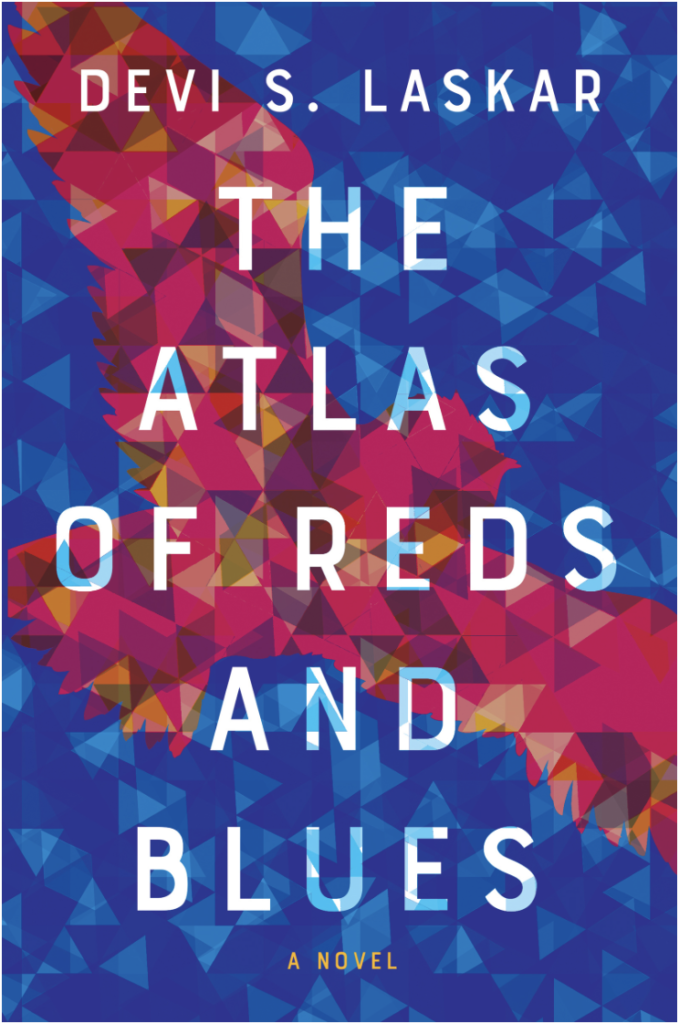I recently met with author Devi Laskar (THE ATLAS OF REDS AND BLUES, CIRCA). I met Devi at a writing residency earlier in the year. Her presentation captivated me, and I couldn’t wait to dive into her books. THE ATLAS OF REDS AND BLUES was a Washington Post “Best Book of the Year” and wrestles with the complexities of the second-generation American experience, what it means to be a woman of color in the workplace, and a sister, a wife, and a mother to daughters in today’s America.
What drew me into this story was Laskar’s rendition of her protagonist’s interiority. I won’t get too technical here about the difference between free indirect discourse (as in Virginia Woolf’s MRS. DALLOWAY) and stream-of-consciousness (as in James Joyce’s ULYSSES or Daniel Kehlmann’s YOU SHOULD HAVE LEFT) but in Laskar’s story, the lines of these technical differences seemed to blur within the small fragments, time lapses and switches, which mirrored a more traditional stream of consciousness technique. THE ATLAS OF REDS AND BLUES cuts deep into universal human feelings and desires which makes it this much more relatable. Laskar manages to balance an aching reader’s heart for the protagonist with a tenderness the reader can carry.
When I asked Laskar how she approached her story, she told me that she had “tried different things over the years, and none of them really worked.” It wasn’t until 2004 when she read THE HOUSE ON MANGO STREET by Sandra Cisneros that Laskar felt inspired to attempt something similar. Laskar admired the way Cisneros made use of white space in her novel.
Initially, Laskar’s family story had many different voices crowding the narrative, “There were the kids, the husband, other people who all had big voices in the story.” Laskar said, “In 2010 my husband was profiled by his former employer in Georgia. They raided our house and took our computer. I lost the bulk of my work.” After this traumatic event a few things happened for Laskar, “I did not write very much because I was discombobulated. Then, in June of 2011, I told myself, I’m a poet, I should write a poem. But the trauma of what happened was still very much present and I couldn’t write. A good friend knew I was also a photographer. She suggested taking a photo each day and posting it on social media. So I did. This commitment is what eventually helped me get my prose back.” Twelve years later, Laskar still posts a photo each day on her social media. For Laskar getting it “just right” is a practice. “It’s writing every day.” She says, “It’s reading something every day and not for very long. But just to keep your hand in it.”

